Health & Science
An epidemic of hidden fat; When fire was tamed; Earth’s mini-moons; Childbirth is taking longer
An epidemic of hidden fat
Americans are even fatter than previously thought. A new study shows that body mass index (BMI)—the ratio of weight to height that physicians typically use to determine whether a patient is obese—is a poor measure of how much fat a person is carrying. Researchers calculated the BMIs of nearly 1,400 men and women, and then they used a more precise body scan to get an accurate reading of each person’s body fat. When they compared the two numbers, they found that about 50 percent of women and 25 percent of men whose BMIs labeled them merely overweight were actually obese. That could mean that some 60 percent of Americans are obese and “aren’t being diagnosed,” Dr. Eric Braverman, of Weill Cornell Medical College, tells Health.com. Fat weighs less than muscle, so women—who are more apt than men to lose muscle as they age—are more likely to get misleading BMI readings. “A 55-year-old woman who looks great in a dress could have very little muscle and mostly body fat, and a whole lot of health risks because of that,” Braverman says, “but still have a normal BMI.” The hidden fat, he warns, can lead to heart attacks and diabetes.
When fire was tamed
The Week
Escape your echo chamber. Get the facts behind the news, plus analysis from multiple perspectives.

Sign up for The Week's Free Newsletters
From our morning news briefing to a weekly Good News Newsletter, get the best of The Week delivered directly to your inbox.
From our morning news briefing to a weekly Good News Newsletter, get the best of The Week delivered directly to your inbox.
Human ancestors were using fire 1 million years ago—much earlier than scientists once believed. Archaeologists have discovered in a South African cave the earliest known evidence of humans using fire—ash, charred bones, and burnt twigs left by Homo erectus, the species that gave rise to modern humans. Previous evidence of humans using fire dates to 400,000 years ago, while the new discovery goes back 1 million years. “The control of fire would have been a major turning point in human evolution,” University of Toronto anthropologist Michael Chazan tells Wired
.co.uk. Researchers think that the ability to cook food—which makes nutrients easier to digest—allowed humans to expend less energy on foraging and eating, and facilitated the growth of bigger brains. It also encouraged our ancestors to gather in groups. “Socializing around a camp fire,’’ Chazan says, “might actually be an essential part of what makes us human.”
Earth’s mini-moons
Our planet has more than one moon. In fact, “one or two washing-machine-size mini-moons and about a thousand larger than a softball” are orbiting Earth at any given time, University of Hawaii astronomer Robert Jedicke tells National Geographic News. The moons—asteroids that once circled the sun before being sucked into Earth’s orbit—are mostly too tiny and too fast for traditional telescopes to spot. But Jedicke and his colleagues used a supercomputer to estimate that out of 10 million near-Earth asteroids, about 18,000 were likely to become mini-moons, which typically orbit for less than a year but occasionally for decades. The mini-moons circle Earth in wild, elliptical patterns. About one in 1,000 hits our atmosphere and burns up, while gravity from the sun, other planets, or our primary moon tugs others out of Earth’s orbit. Astronomers are now looking for better ways to track the mini-moons, which may hold secrets of the early universe, having likely formed some 4 billion years ago. They estimate that every hundred thousand years or so, a mini-moon with the diameter of a football field—big enough to be seen by the naked eye—enters our orbit.
A free daily email with the biggest news stories of the day – and the best features from TheWeek.com
Childbirth is taking longer
Pregnant women are spending more time in labor than their grandmothers did, a new National Institutes of Health study shows. Researchers compared data from births that took place between 1959 and 1966 with ones that occurred between 2002 and 2008 and found that modern women spent an average of 2.5 hours longer delivering their first babies. “We can’t fully explain it,” study author Katherine Laughon tells HuffingtonPost.com. The data showed that doctors are about 20 percent more likely to induce pregnancies today than they were 50 years ago, which should speed the birthing process. But researchers also found that 55 percent of modern women receive epidurals to help ease their pain—a practice known to lengthen labor—compared with only 4 percent of their grandmothers. Today’s child-bearers are also about four years older and significantly heavier than their earlier counterparts, and they tend to deliver heavier babies—all factors that could slow down labor. But experts say longer deliveries aren’t necessarily a bad sign: Babies today are much more likely to survive and to score better on an array of health tests than they were in the 1960s.
-
 What role will Trump play in the battle over Warner Bros. Discovery?
What role will Trump play in the battle over Warner Bros. Discovery?Today’s Big Question Netflix, Paramount battle for the president’s approval
-
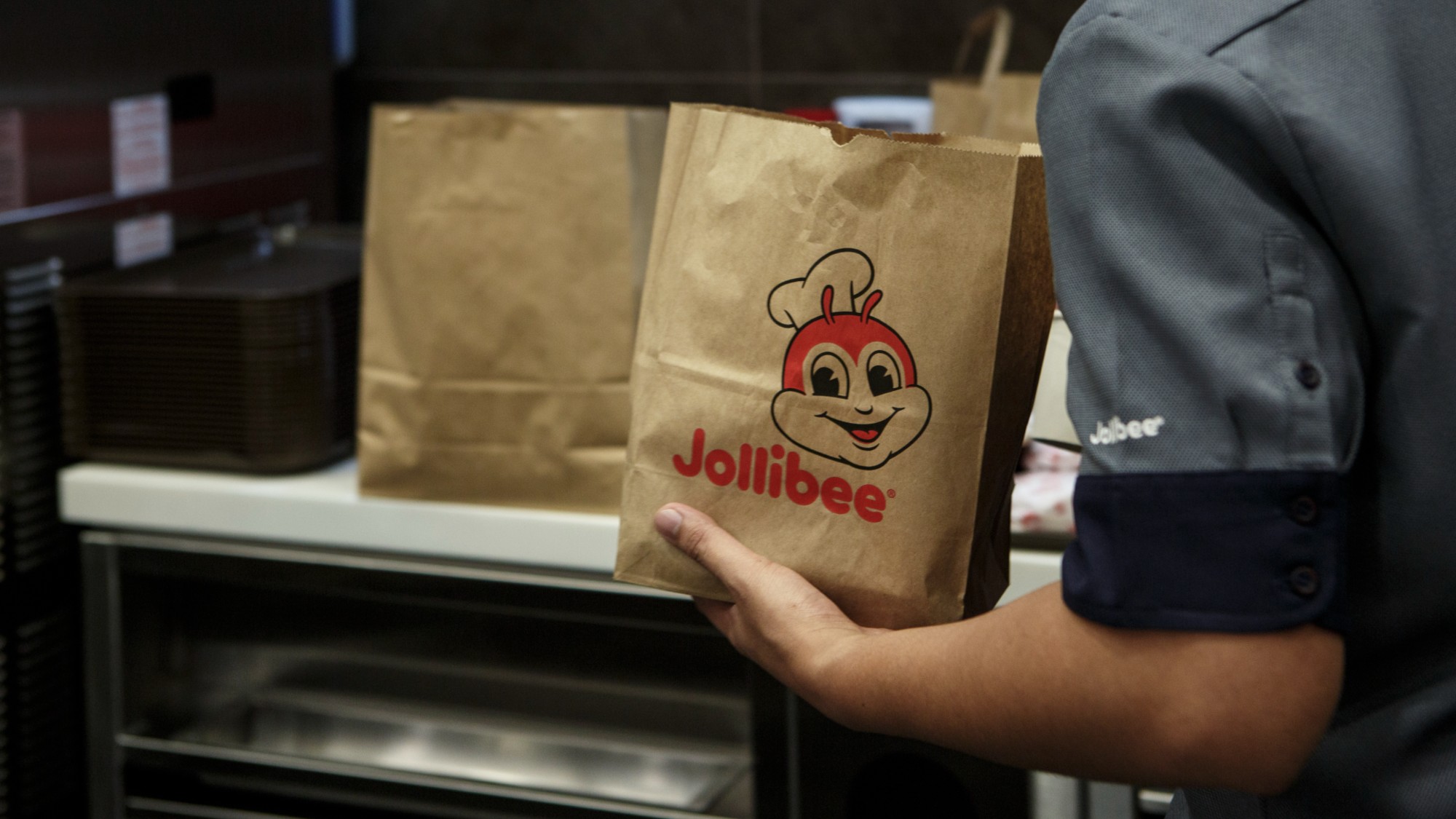 ‘The menu’s other highlights smack of the surreal’
‘The menu’s other highlights smack of the surreal’Instant Opinion Opinion, comment and editorials of the day
-
 Education: More Americans say college isn’t worth it
Education: More Americans say college isn’t worth itfeature College is costly and job prospects are vanishing
-
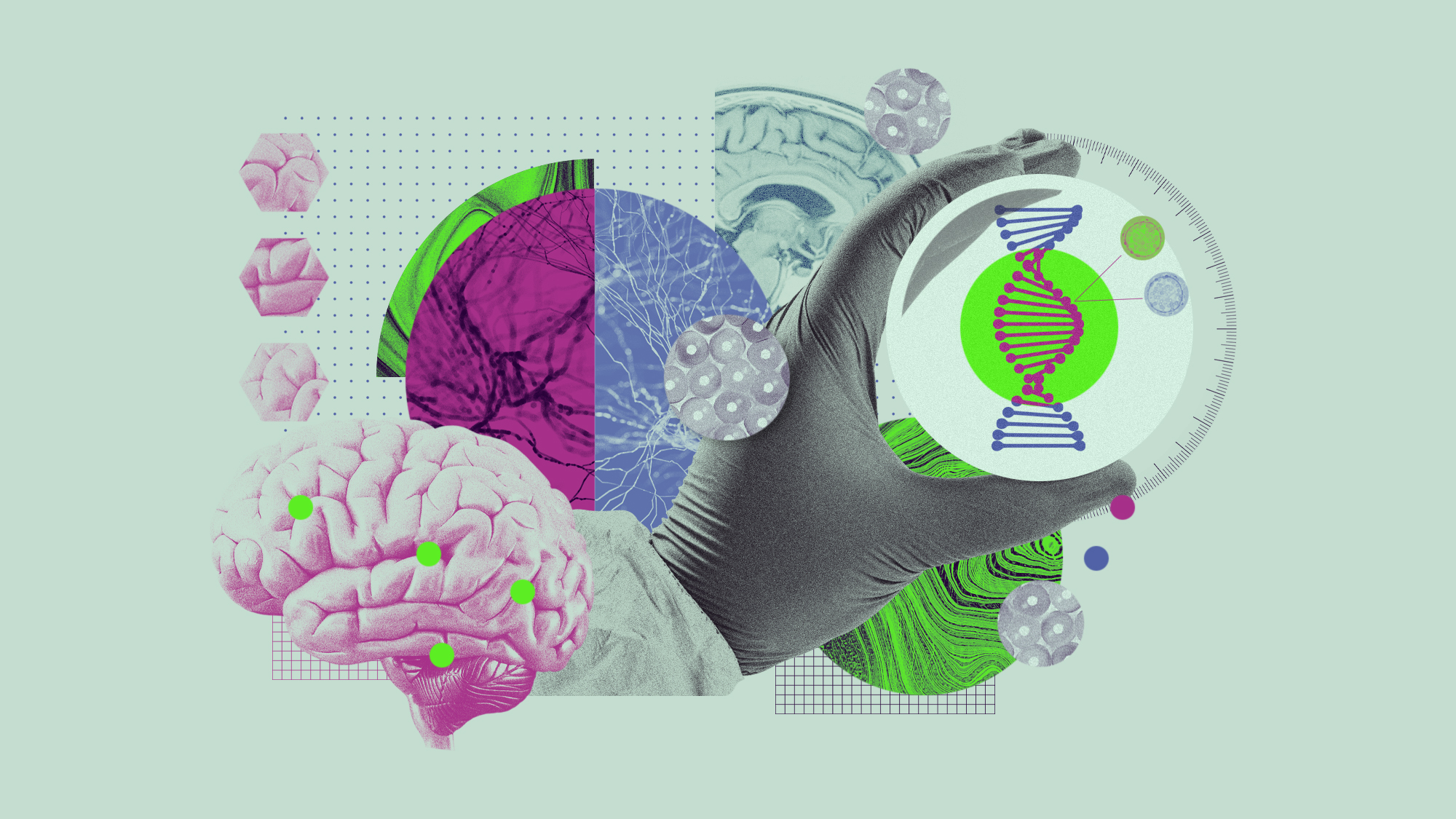 5 recent breakthroughs in biology
5 recent breakthroughs in biologyIn depth From ancient bacteria, to modern cures, to future research
-
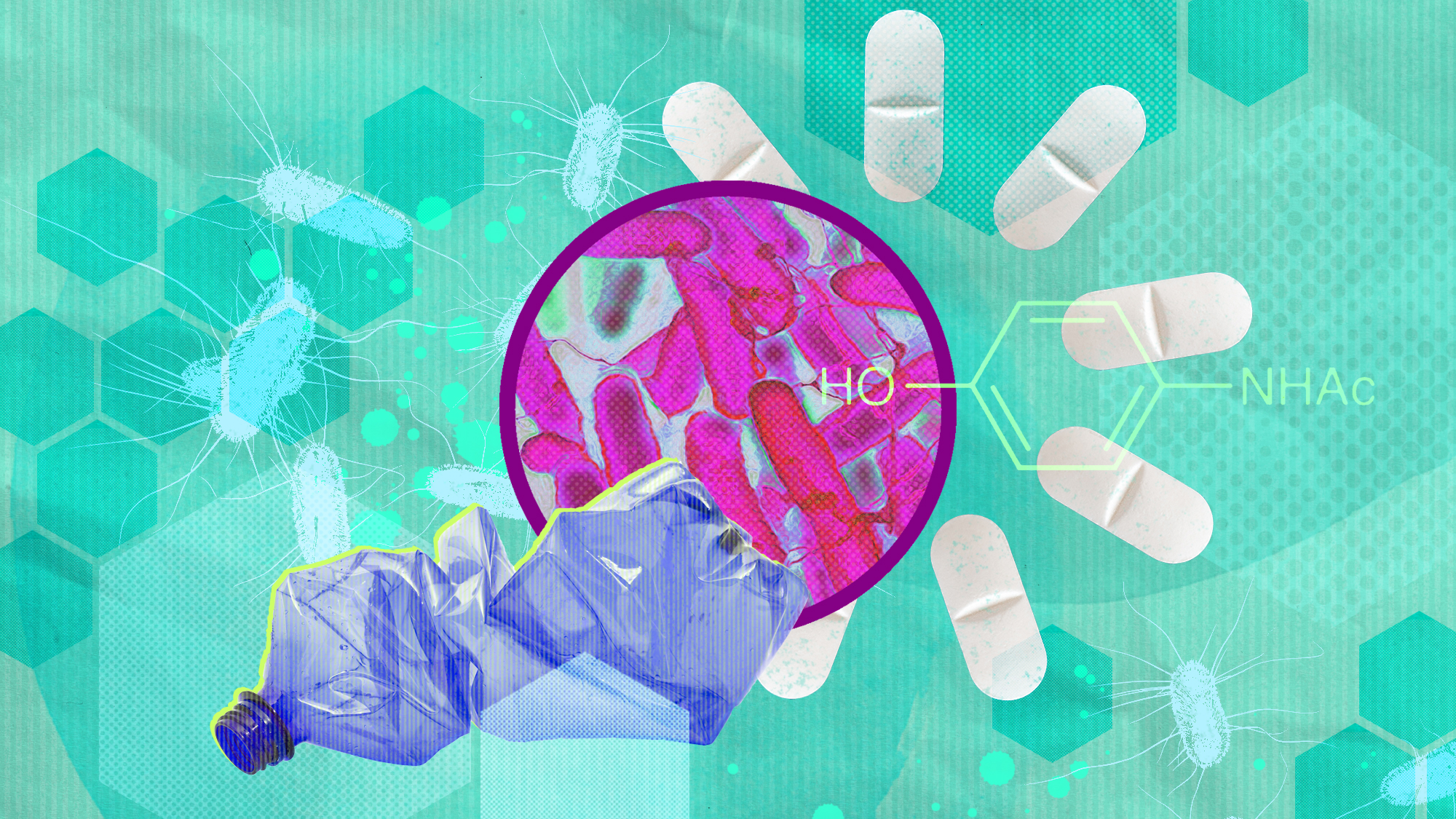 Bacteria can turn plastic waste into a painkiller
Bacteria can turn plastic waste into a painkillerUnder the radar The process could be a solution to plastic pollution
-
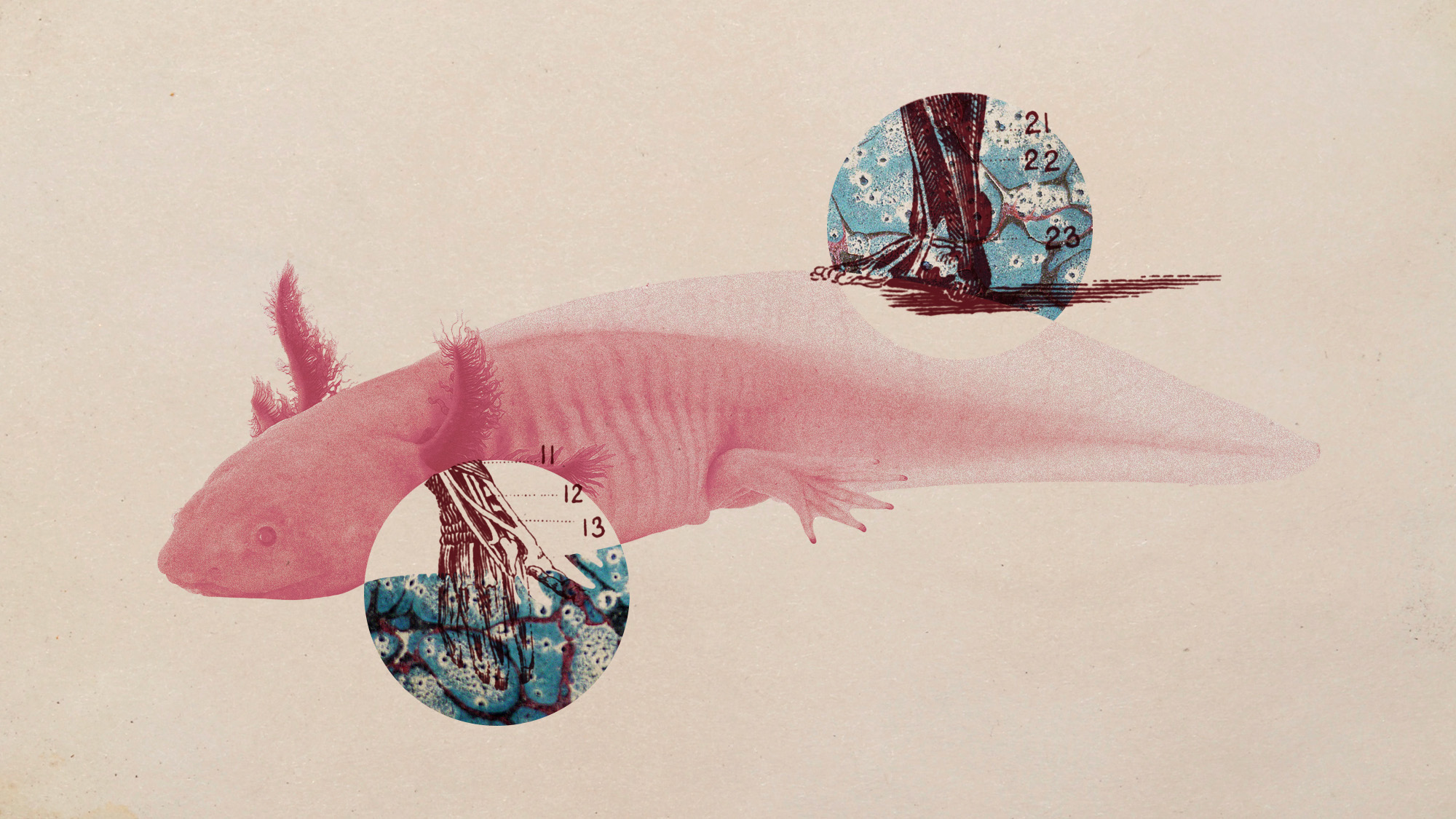 Scientists want to regrow human limbs. Salamanders could lead the way.
Scientists want to regrow human limbs. Salamanders could lead the way.Under the radar Humans may already have the genetic mechanism necessary
-
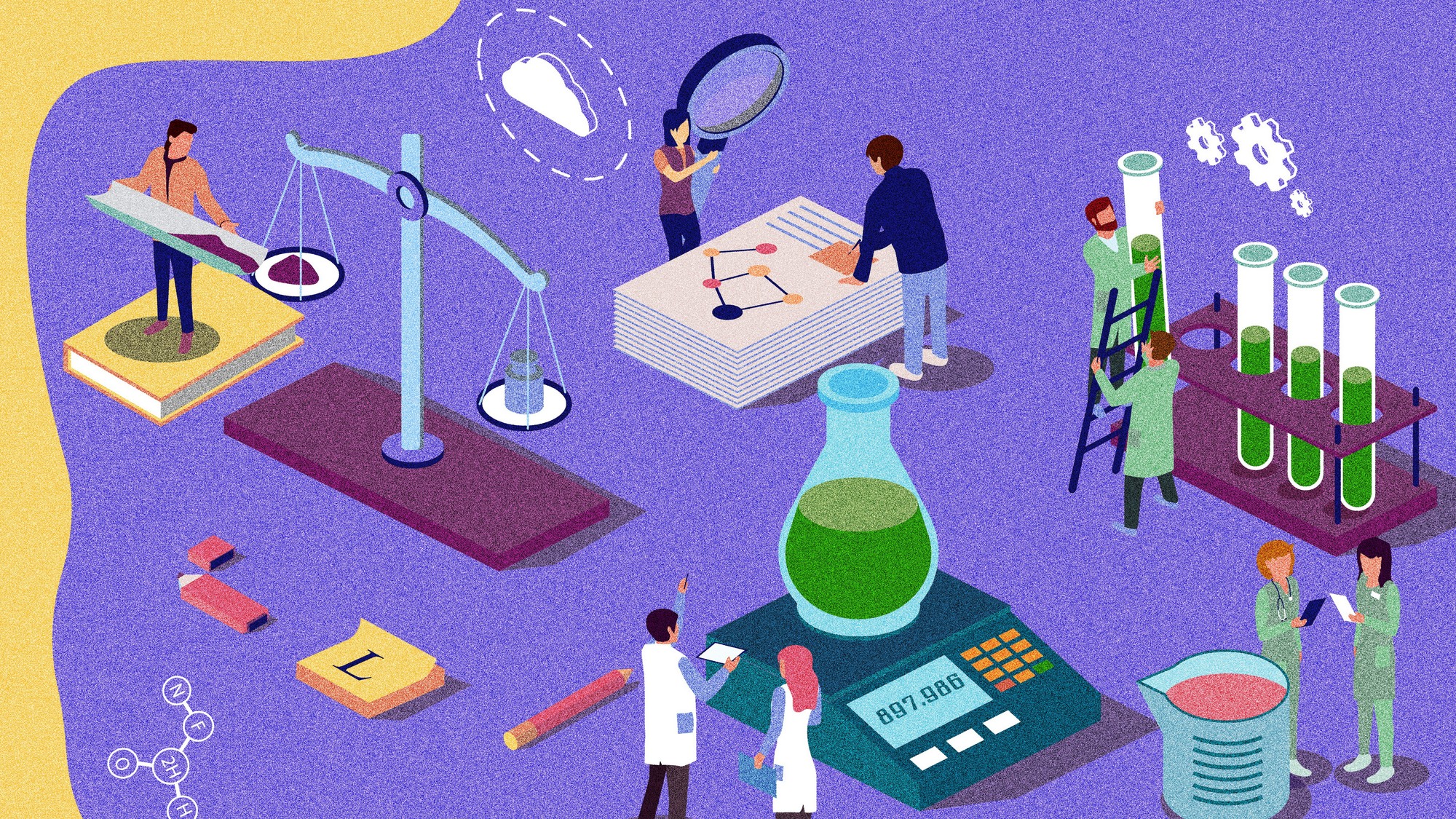 Is the world losing scientific innovation?
Is the world losing scientific innovation?Today's big question New research seems to be less exciting
-
 Breakthrough gene-editing treatment saves baby
Breakthrough gene-editing treatment saves babyspeed read KJ Muldoon was healed from a rare genetic condition
-
 Humans heal much slower than other mammals
Humans heal much slower than other mammalsSpeed Read Slower healing may have been an evolutionary trade-off when we shed fur for sweat glands
-
 Scientists map miles of wiring in mouse brain
Scientists map miles of wiring in mouse brainSpeed Read Researchers have created the 'largest and most detailed wiring diagram of a mammalian brain to date,' said Nature
-
 Scientists genetically revive extinct 'dire wolves'
Scientists genetically revive extinct 'dire wolves'Speed Read A 'de-extinction' company has revived the species made popular by HBO's 'Game of Thrones'